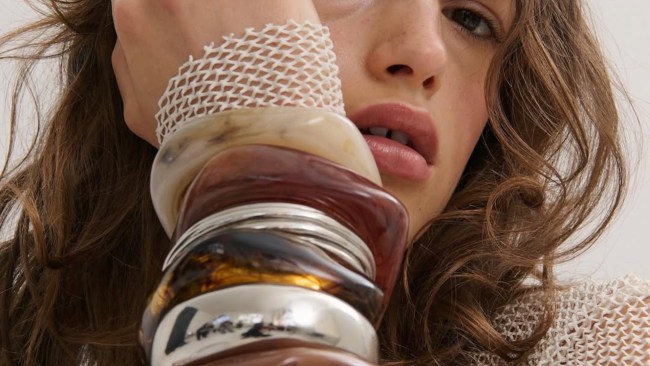
“Fashion is the armour to survive the reality of everyday life.” When it comes to the core basis of fashion and how it evolves, truer words than these of renowned fashion photographer Bill Cunningham might never have been spoken. Frivolity, escapism, surrealism and dream-like qualities have long been regarded as the key pillars of high-fashion, and make no mistake that these remain solid foundations of many couture and ready-to-wear houses. But in recent years, a palpable shift has shunted the fashion industry and style as we know it from a realm of unattainability, to one of accessibility.
We’ve seen it in quiet luxury and a return to minimalism, with a push away from dopamine dressing; in the overt wearability of spring/summer 2024 runways and even in the approachable, social media-ification of street style. Could it be the undercurrent effects of a global recession? Or a weariness of embellishment given the dire state of the world? Perhaps. But from the culmination of certain blossoming trends and all the glimpses of it we’ve spotted in recent collections and runways, we might in fact be able to put this phenomena down to a singular event: the return to work.
A slow, subtle yet overwhelmingly important cultural moment, since the pandemic lockdowns ended for good in 2021, the return to work has impacted us in more ways than perhaps we fully realised, finally coming to notable head in 2023. Pragmatism, above all else, has been our goal as we learnt to reintroduce our commutes, balance working from home, and station ourselves back into our corporate cubicles—and in so doing, became an aesthetic in and of itself.








